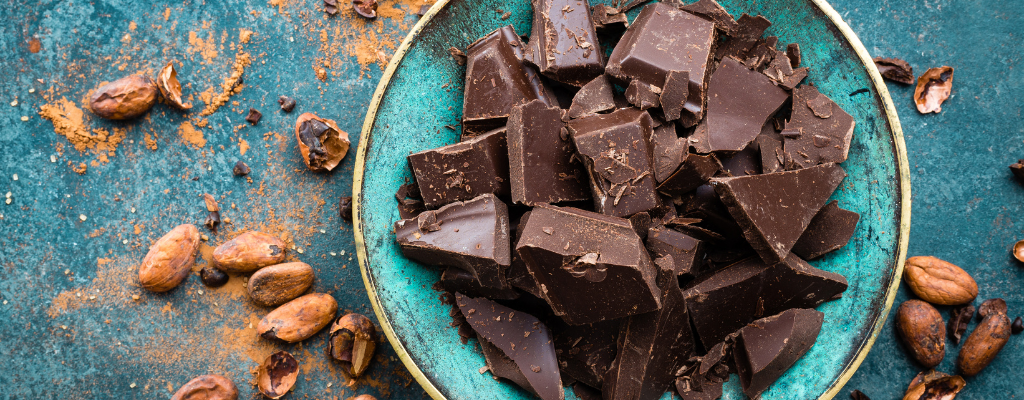Published on October 25, 2023.
Part 4 of the tastebud series.
One of the most sensitive of the tastes is bitterness. Many perceive it as unpleasant, sharp, or disagreeable, but it is sometimes desirable and intentionally added via various bittering agents. Common bitter foods and beverages include coffee, dark chocolate, citrus peel, some varieties of cheese ect. The ethanol in alcoholic beverages tastes bitter, as do the additional bitter ingredients found in some alcoholic beverages including hops in beer and gentian in bitters. Quinine is also known for its bitter taste and is found in tonic water.
Our ability to sense bitterness come from evolution as a large number of natural bitter compounds are known to be toxic. The ability to detect bitter-tasting, toxic compounds at low thresholds is considered to provide an important protective function. Plant leaves often contain toxic compounds, and among leaf-eating primates there is a tendency to prefer immature leaves, which tend to be higher in protein and lower in fiber and poisons than mature leaves. Due to technology and advances, a lot of bitter foods have been changed to be more likable for human palates; however, this has also changed out taste buds.
Vermouth is a low-alcohol, fortified wine, flavored with a blend of herbs, spices, and bitter botanicals. Although it is typically sweetened with sugar, it is often used as a base spirit in many cocktails and delivers a bitter after tone to the drink. It is both bitter and sweet, but how bitter and how sweet depends on the producer and style. Vermouth can range from lightly sweet and citrusy with hints of elderflower or jasmine to richly herbaceous with flavors of dried fruit, vanilla, and baking spices. Some vermouths are crafted with the intention of being sipped alone either chilled or on ice, while others are crafted to be a cocktail ingredient as they are made with the intention of blending and not overwhelming.
The Negroni’s assertive bitterness and herbaceous kick isn’t for the fainthearted, but a well-made negroni is a thing of beauty. Unlike a sweet and citrusy drink like a Whiskey Sour or Daiquiri, which immediately draw you in with their approachable flavors, a Negroni can be elusive to new drinkers. The strongly bitter Campari that anchors the cocktail is an acquired taste, and the cocktail can be tricky to master at home, even if you’re a big fan of the bright red Italian aperitif. Once you’ve added all the ingredients to the glass, stir well until the outside of the glass feels cold. This will give the drink smooth, silky texture.
Share this article
About the author

Chloe Lewis
Chloe looks after all copywriting and proof-reading for Drink Warehouse UK, working with the Marketing team to deliver educational content to all our customers. She has spent many years in the hospitality sector, moving from behind the bar to now helping venues to stock their own. You can find more from Chloe about beer, cider, spirits, wine, non-alcoholic, soft drinks and RTDs all over our blogs, website, social media and Set The Bar magazine.
Click here to receive the latest and greatest promotions, new products, competitions and so much more straight to your inbox.






